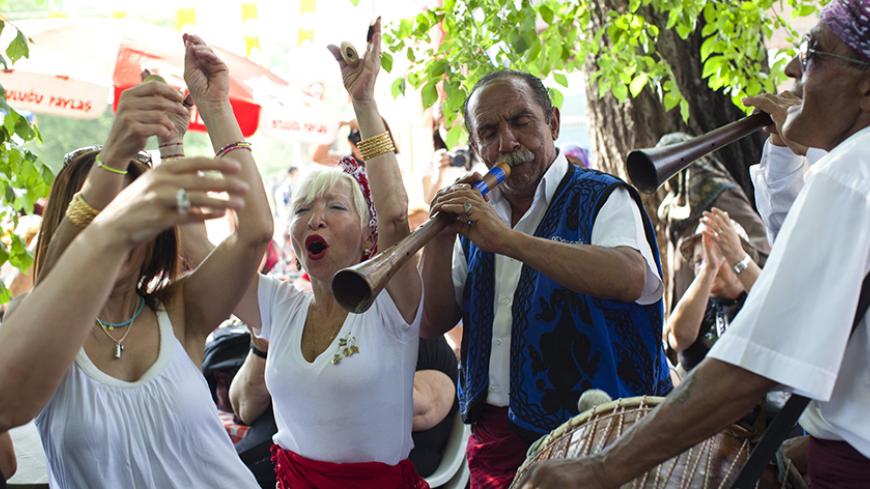Thousands of women all over Turkey donned colorful skirts, gaudily ornamented headbands or any accessory resembling traditional Roma costumes and joined the Roma in mostly impoverished parts of their towns to celebrate Hidirellez, the festival of spring, on May 5-6.
Turkey, along with the former Yugoslav Republic of Macedonia, is working on including Hidirellez in UNESCO’s list of intangible cultural heritage of the world. A promotional video prepared for this purpose reflects the various theories about the origin of this spring festival, celebrated approximately 40 days after the spring equinox. Some of these theories suggest that Hidirellez belongs to Mesopotamian and Anatolian cultures, and other theories say they belong to pre-Islamic Central Asian Turkish culture and beliefs. Roma people in the Balkans celebrate it as Ederlezi. In Serbia, Bulgaria and other parts of the Balkans where there was an Ottoman influence, it is called Durdevdan.



